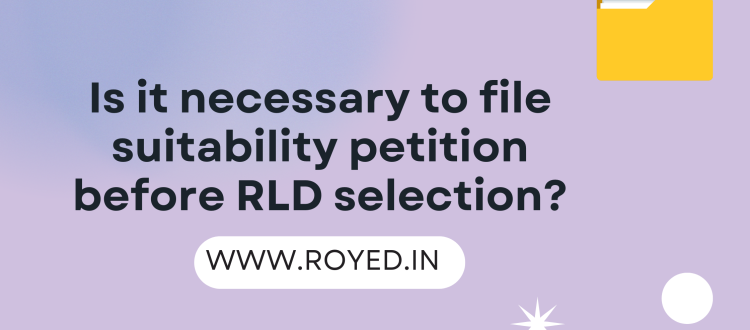Is it necessary to file suitability petition before RLD selection?
No, it is not always necessary to file a suitability petition before selecting a Reference Listed Drug (RLD). However, there are specific circumstances where a suitability petition is required.
When a Suitability Petition is NOT Required:
Same Active Ingredient, Dosage Form, Strength, and Route of Administration:
- If the proposed generic product is identical to the RLD in all these aspects, a suitability petition is not needed.
- You can directly proceed with the submission of an Abbreviated New Drug Application (ANDA) using the chosen RLD.
When a Suitability Petition IS Required:
A suitability petition is required under Section 505(j)(2)(C) of the FD&C Act if the proposed generic differs from the RLD in any of the following ways:
- Dosage Form (e.g., tablet to capsule).
- Strength (e.g., changing the mg dose).
- Route of Administration (e.g., oral to topical).
- Active Ingredient:
- Use of a different salt, ester, or complex of the active moiety.
- Combination Product:
- Omission or addition of an active ingredient in a combination product.
In these cases, the suitability petition must be submitted to and approved by the FDA before proceeding with the ANDA submission. Approval confirms that the FDA finds the proposed product suitable for evaluation as a generic version of the RLD.
Additional Considerations:
- Bioequivalence: Even if a suitability petition is not required, you must demonstrate bioequivalence to the RLD.
- Orange Book Listings: Ensure the RLD is listed in the FDA’s Orange Book. The Orange Book also indicates whether a particular RLD can be used as a basis for an ANDA.
Conclusion:
- Evaluate the proposed generic product and compare it to the RLD.
- If there are any differences as per the criteria above, file a suitability petition.
- If no differences exist, proceed directly with the ANDA submission without a suitability petition.





